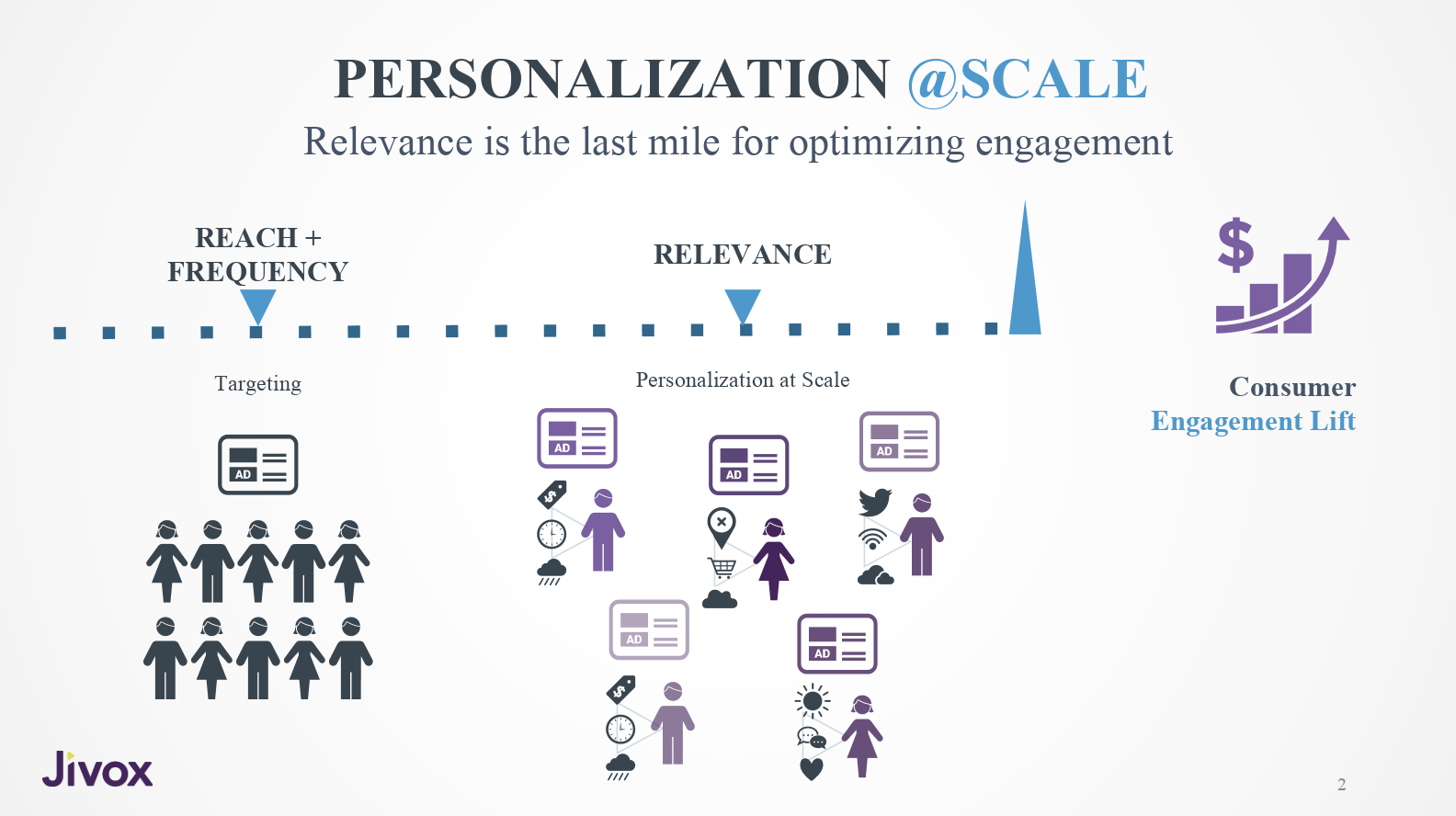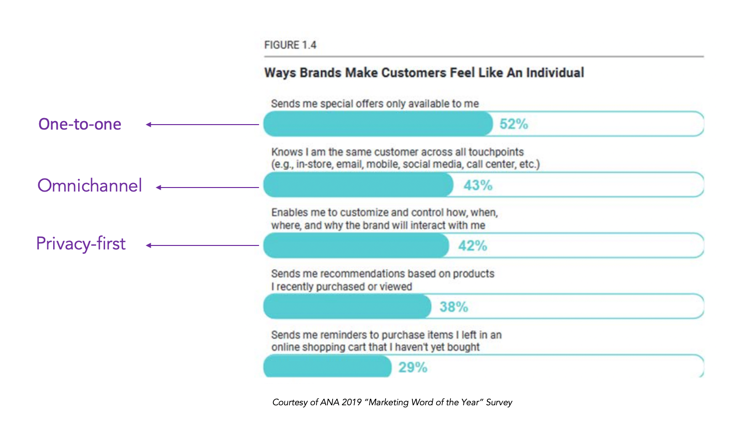This post was originally published on
When we receive coupons for products we’ve been eyeing or stumble upon new, lower rates for the best hotel in the location of our dreams, it isn’t a coincidence. Brands use the data they’ve gathered about you to serve these personalized ads, sometimes without you even realizing it. While at first this might seem like a win-win for all parties, consumers are reconsidering where and how they let brands gather this data.
To deliver these personalized experiences, digital marketers have leaned on browser cookies to gather consumer information. At first, these cookies were not intended to store user information other than the users preferences; unfortunately, they transformed to becoming data collection containers over time, often without the user’s consent. This use of third-party cookies allows marketers to serve a custom experience to individual consumers, but at what cost?
The cost is consumer privacy. How can digital marketers adjust their strategy to continue delivering personalized experiences while safeguarding consumers’ personal identities?
A world with no cookies
A recent survey from McKinsey found that 90% of consumers have concerns about online privacy, and half are limiting online usage because of these concerns. And yet, the same survey states that 64% of digital marketers said this concern for privacy, alongside regulations, will not stop them from gathering the data they need to serve personalized ads. Today’s consumers are prioritizing their privacy — and they expect the same from brands. Third-party cookies as a data source simply won’t cut it for brands looking to build and retain strong customer relationships.
Web browser giants like Firefox and Safari are doing their part to protect users from being identified without consent by blocking data-gathering techniques like third-party cookies. Google Chrome is the latest giant to announce it will follow suit. In the next two years, Google will disallow consumer tracking through third-party cookies.
These industry changes are causing concern and confusion among many digital marketers as they begin to question how they will offer a unique, personalized experience for consumers without the ability to gather their information through this familiar medium. As an industry, we must change our strategy and mindset to ensure we are providing customers the most advanced and personalized experience — without compromising their data and doing so in a privacy compliant manner. Failing to do so will send us all back in time to one-size-fits-all advertising.
Digital marketers’ critical moment
Brands have woken up to this apparent contradiction in terms — consumers want privacy and personalization benefits both consumers and brands, however, the question still remains about exactly how to deliver personalization while keeping consumer privacy top of mind.
As third-party cookies crumble out of existence, contextual targeting — relying on factors such as weather in the user’s location or page context on websites — has been thrust to the forefront of marketing strategy in order to imitate personalization. While contextual targeting has its place in advertising, it shouldn’t be the only answer to personalization that scales while establishing and maintaining identity in a privacy-compliant manner.

The year of personalization
According to a survey from the Association of National Advertisers, the world’s largest brand marketers deemed “personalization” the 2019 word of the year. Additionally, according to an Accenture survey, 91% of consumers are more likely to shop with brands who recognize their habits and provide relevant recommendations and offers. Even with heightened awareness around privacy, consumers still demand personalized, relevant interactions with brands.

Identity has always been at the core of personalization. For example, you need to know who an individual is before you can personalize content or creative for them. Identity unfortunately in the advertising world was largely built using third-party cookies. Now, with browsers removing third-party cookies, marketers must start to explore new identity technologies.
There are two ways marketers can establish user identity while balancing personalization needs and privacy:
- User login-based identity: Often known as “people-based marketing,” user login-based identity allows brands to identify consumers on various sites and applications they log into through direct consent. Simply put, as consumers grant consent to brands to use their Personally Identifiable Information (PII), various brands can leverage the data to track consumers across sites they log into. However, this isn’t the most feasible option for personalization at scale, as it can take time, effort and cooperation from multiple sites in order to stay compliant.
- First party domain and first-party cookie-based identity: While digital marketers will no longer be able to rely on third-party cookies, that doesn’t mean all cookies should be abandoned. First-party cookies allow a brand to gather and store user data based solely on consent. In this instance, though, the identity is anonymized through individual IDs assigned to users, which allows them to receive ads and content tailored specifically to them. First-party cookies will become a need-to-have rather than a nice-to-have in the next wave of advertising. Further, third parties cannot access or share this data and that ensures privacy compliance.

No matter the approach, brands must ensure consumer data privacy through consent, using the data gathered for its original purpose alone. Privacy regulations like CCPA and GDPR have enforced consumers’ calls for stricter data rules, stating consumers should neither be tied to their data through PII nor have it shared with third parties without consent— no matter the circumstance.
The industry is moving in the right direction as conversation about web browsers removing third-party cookies continues and more regulations like CCPA and GDPR come into existence. This evolution still frightens many digital marketers, though, as they look toward the steps they need to take now to prioritize consumer privacy in the years to come. It’s a new era of consumer data control, and when digital marketers embrace it, they have the opportunity to provide a personalized customer experience for each individual customer at scale.

